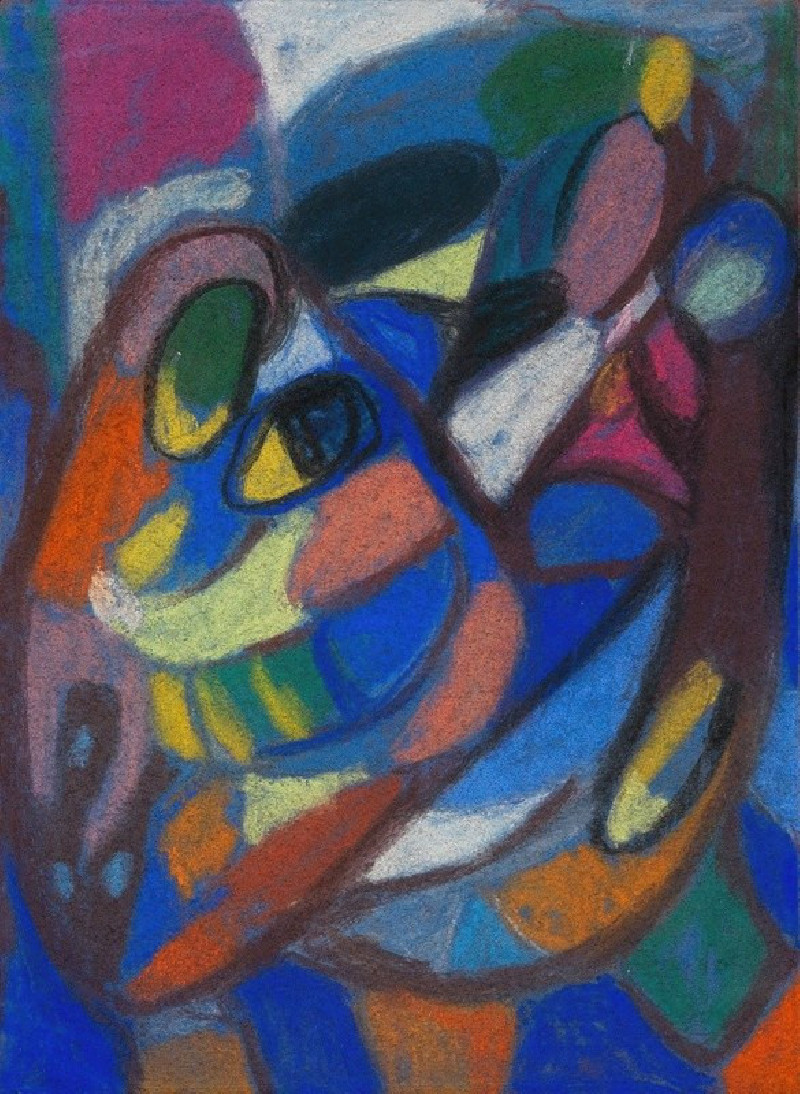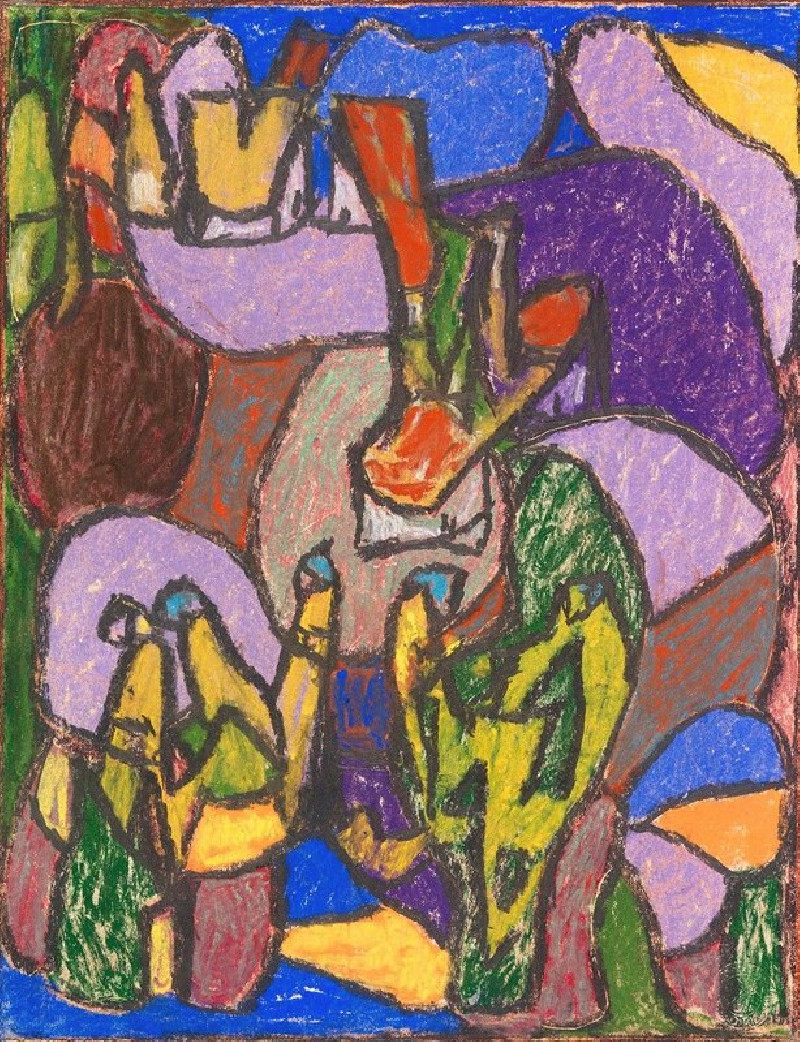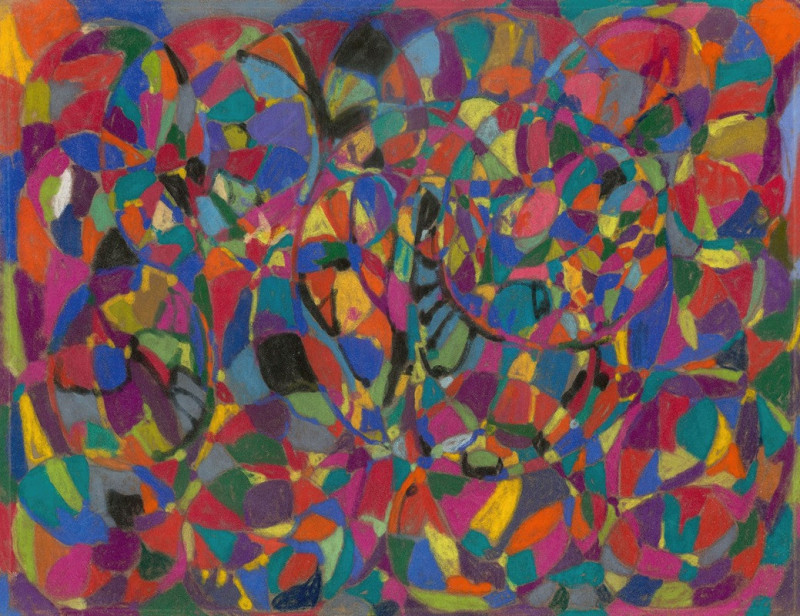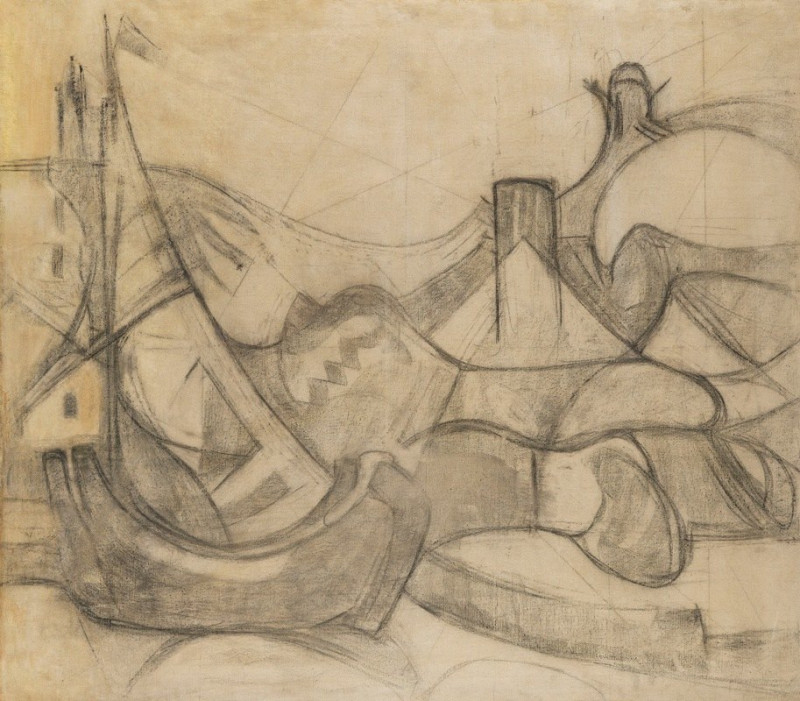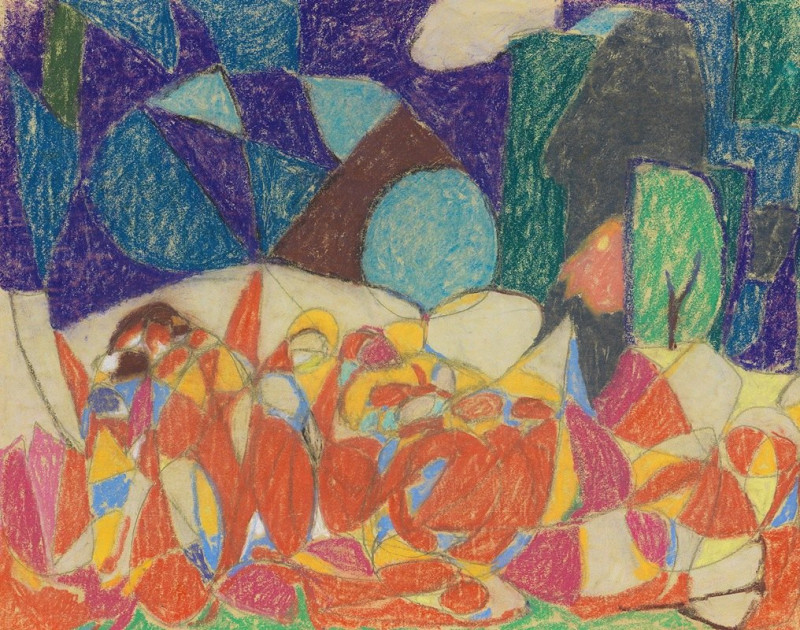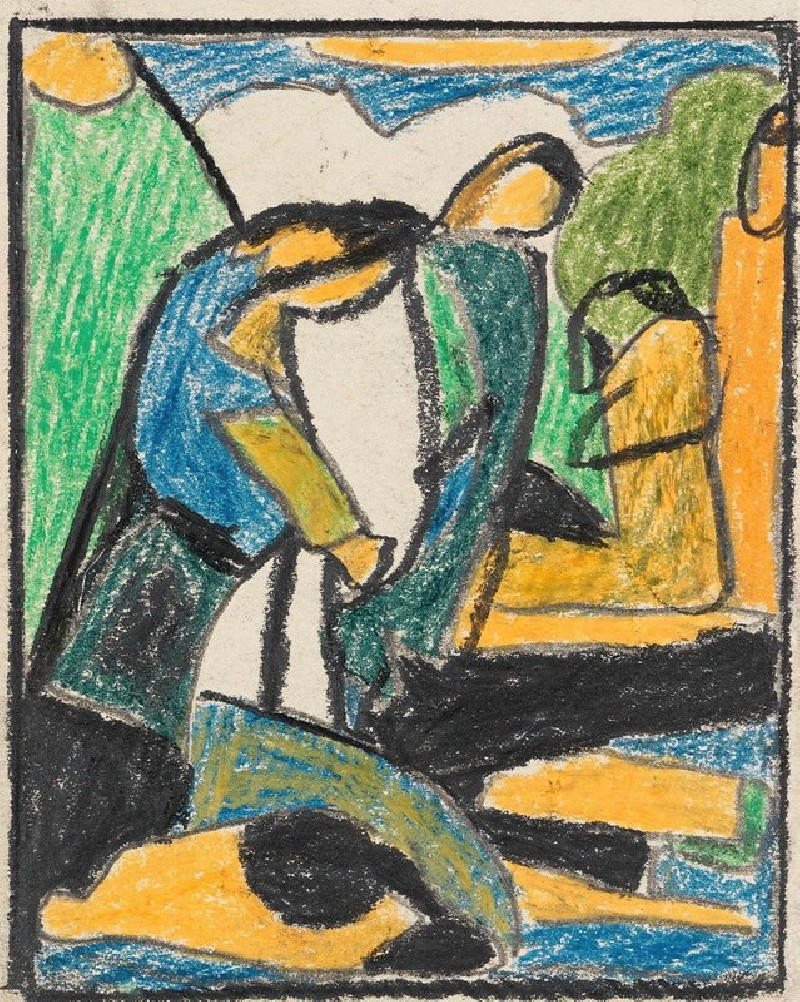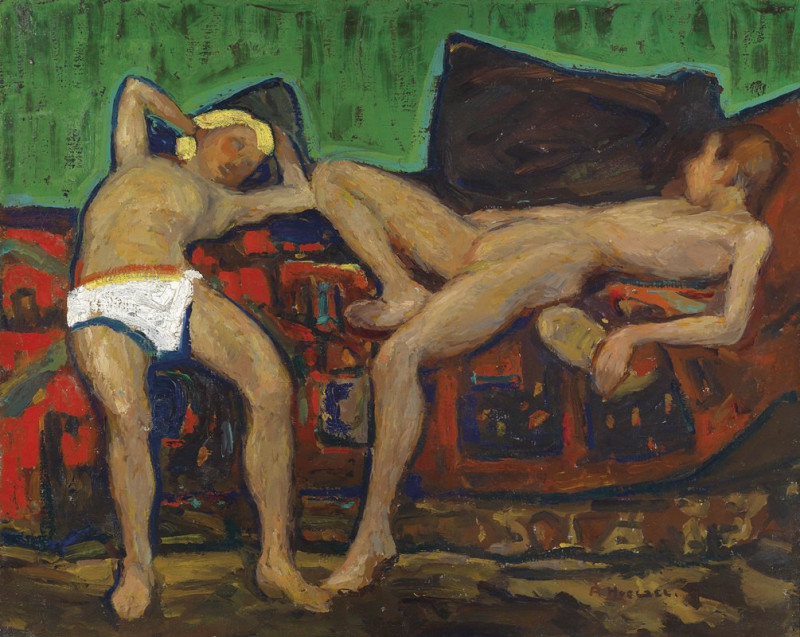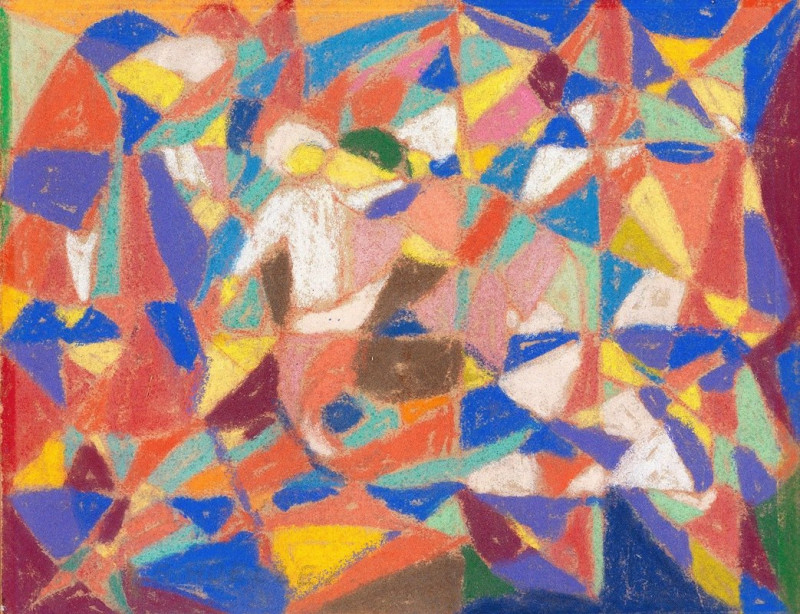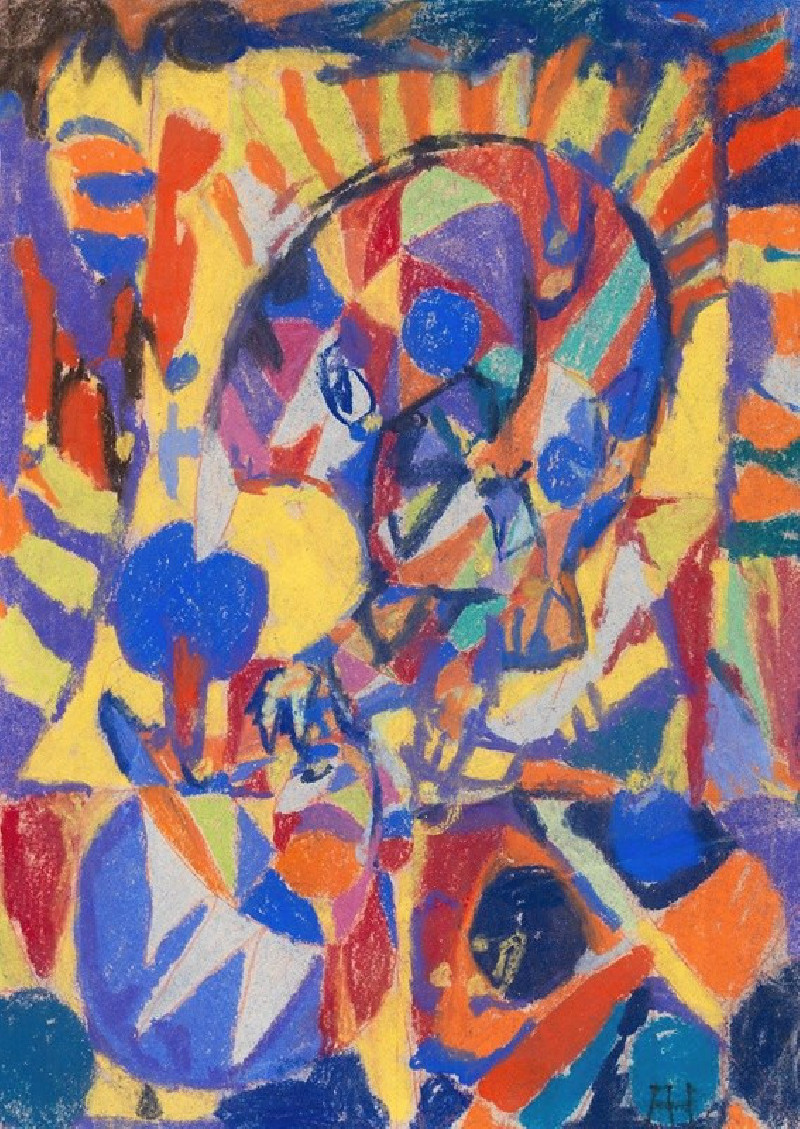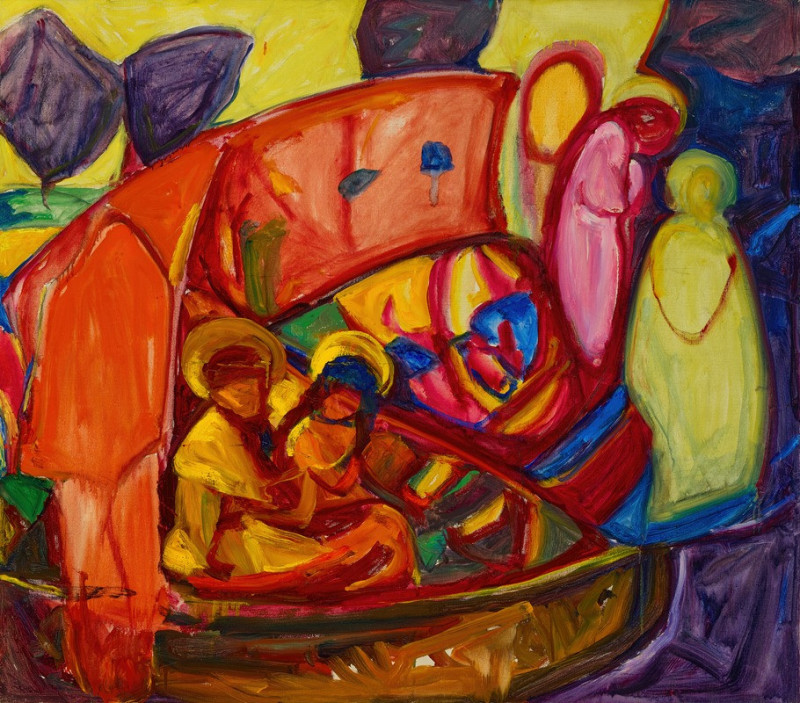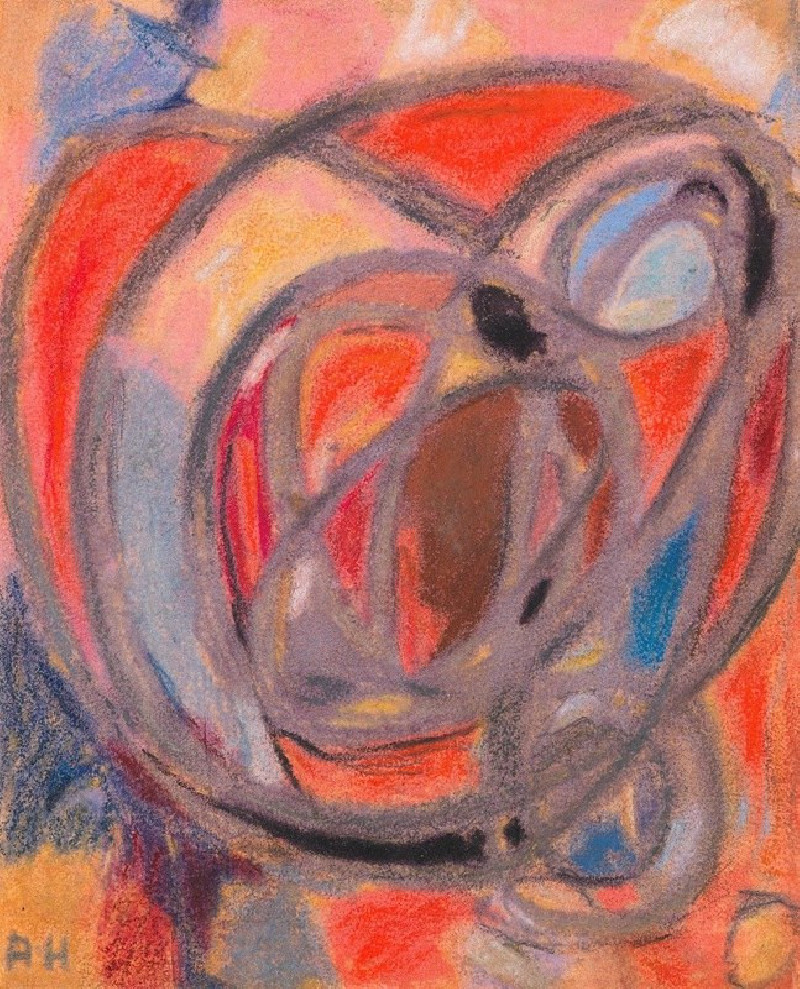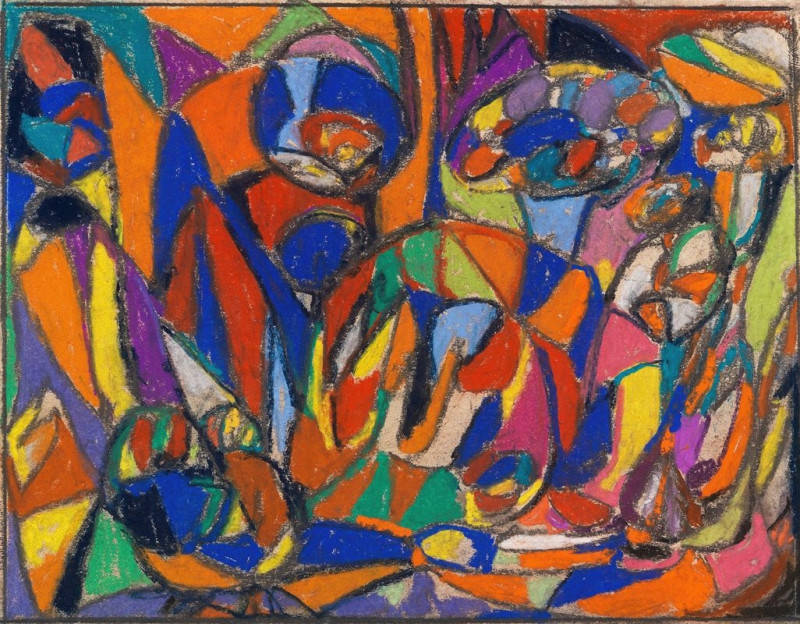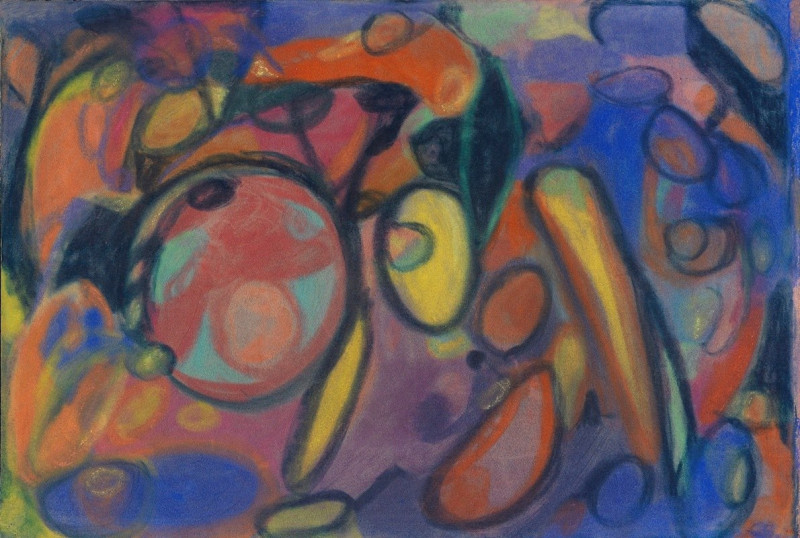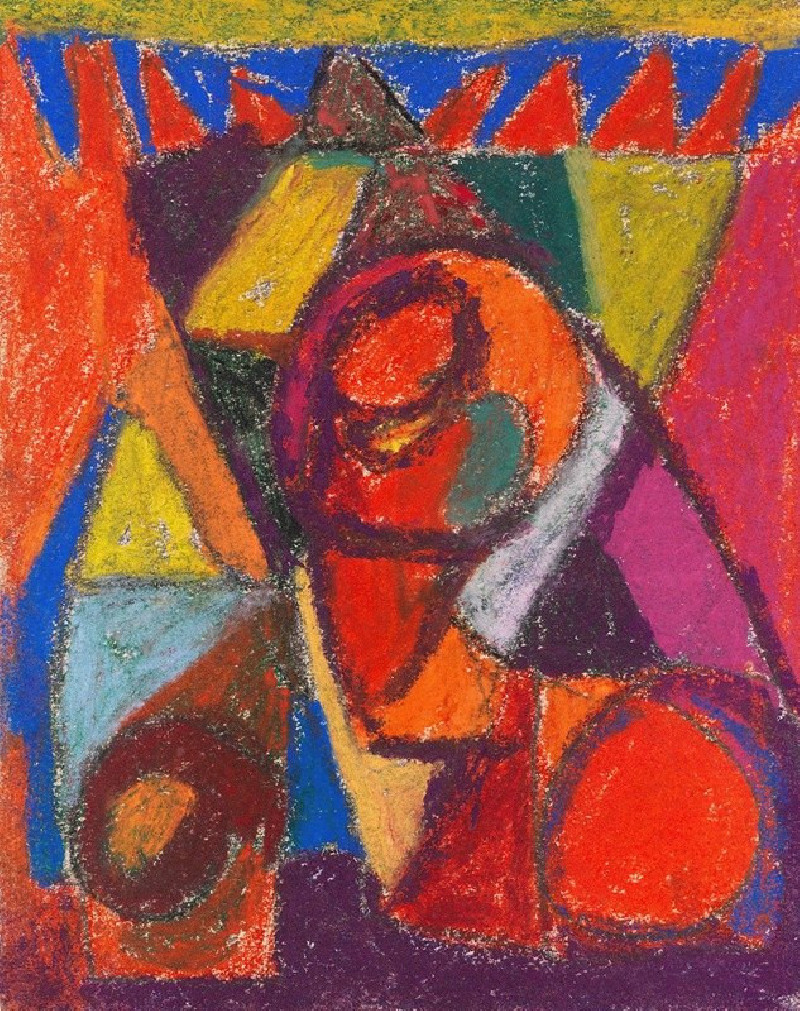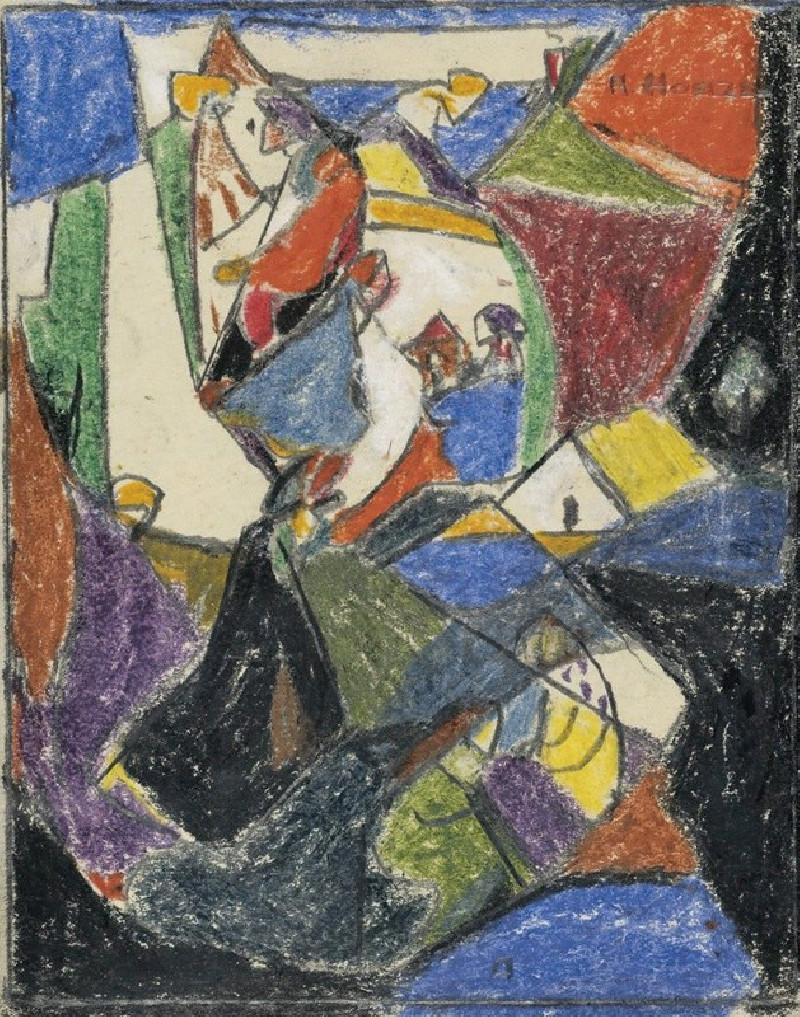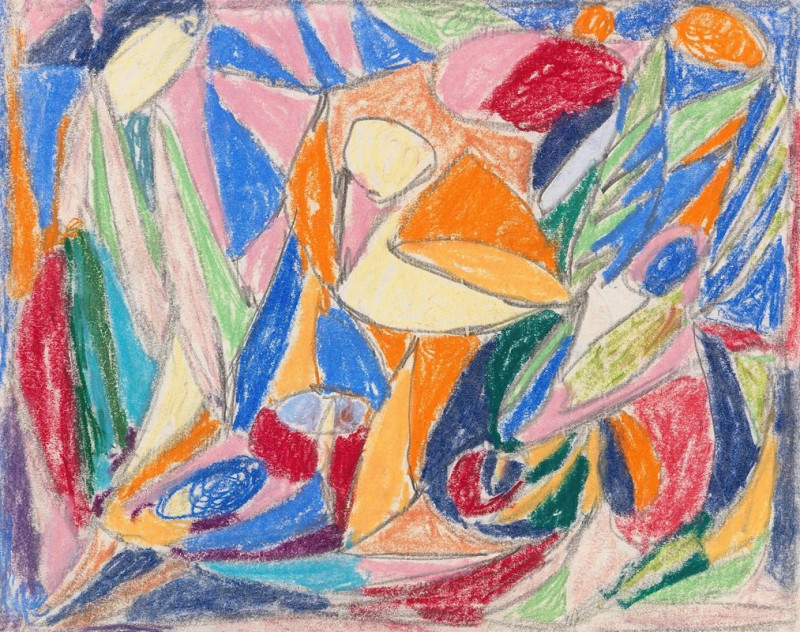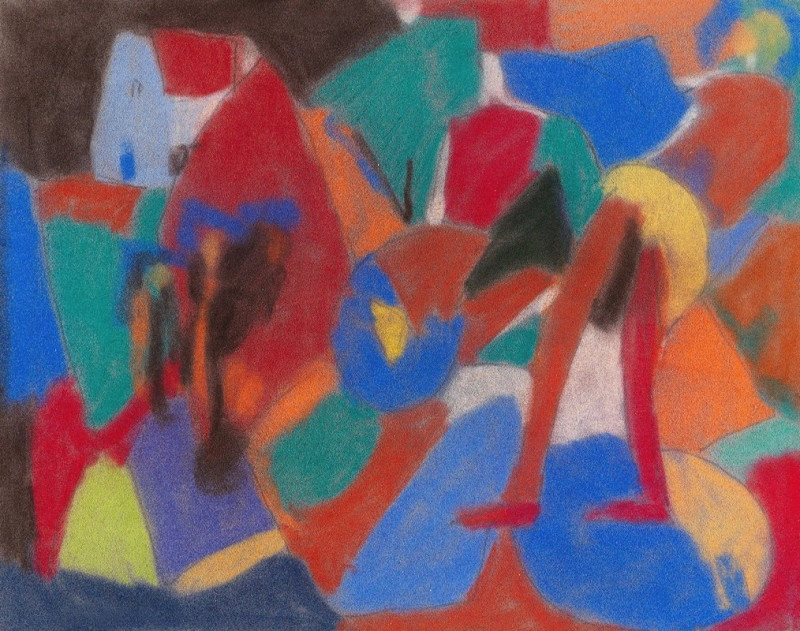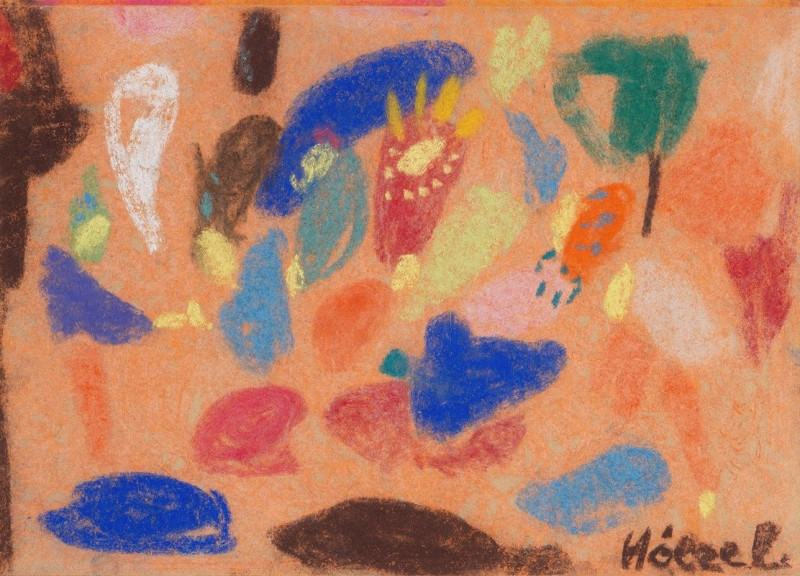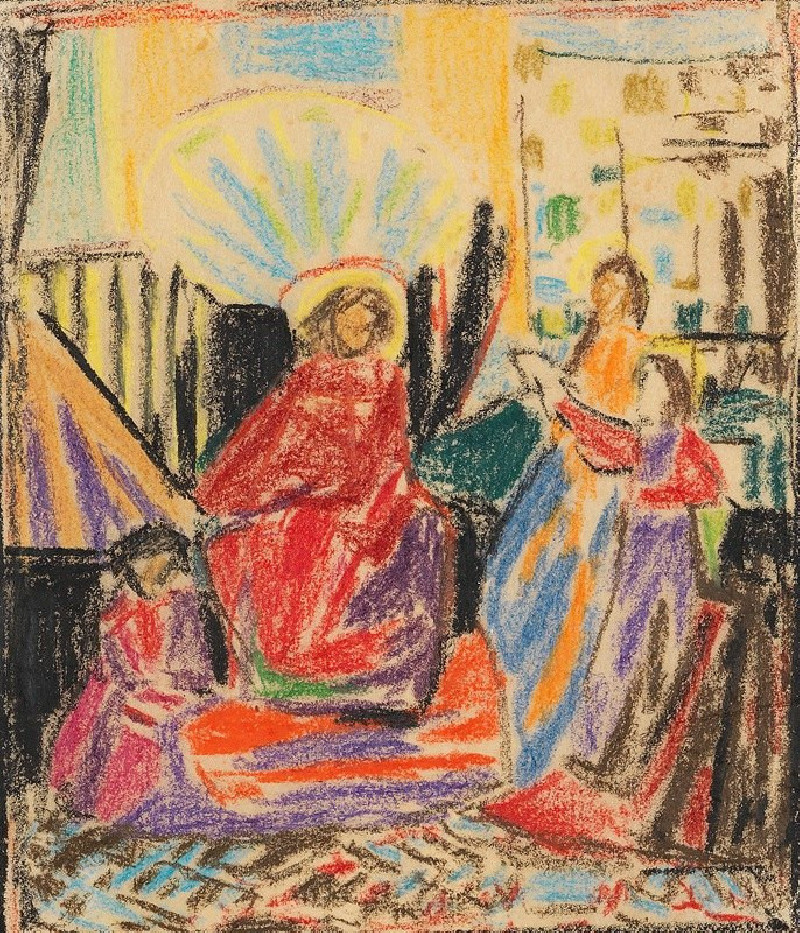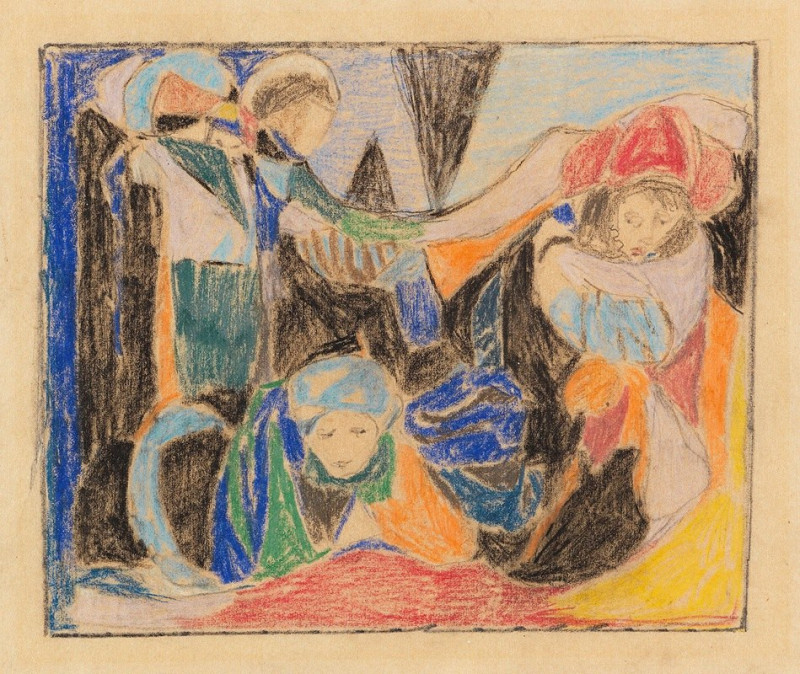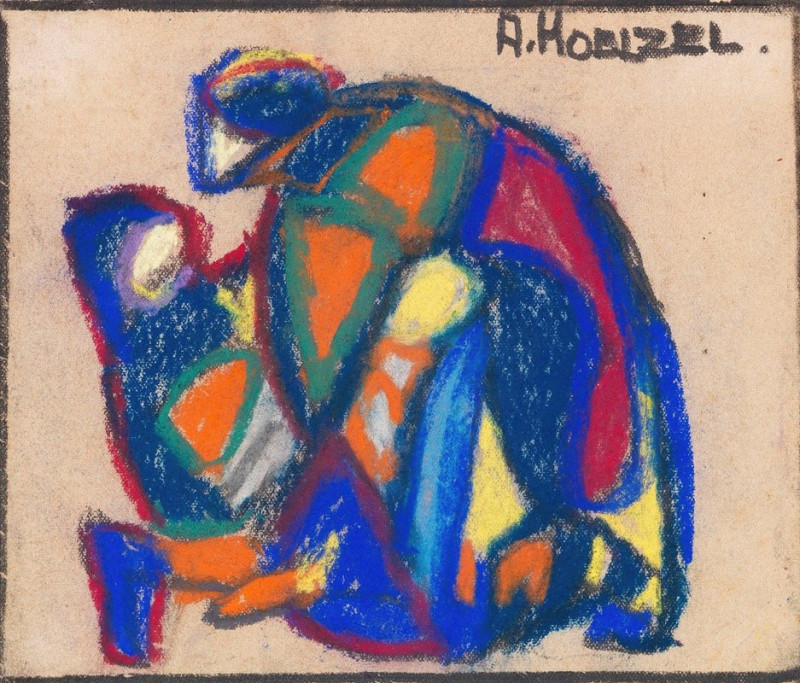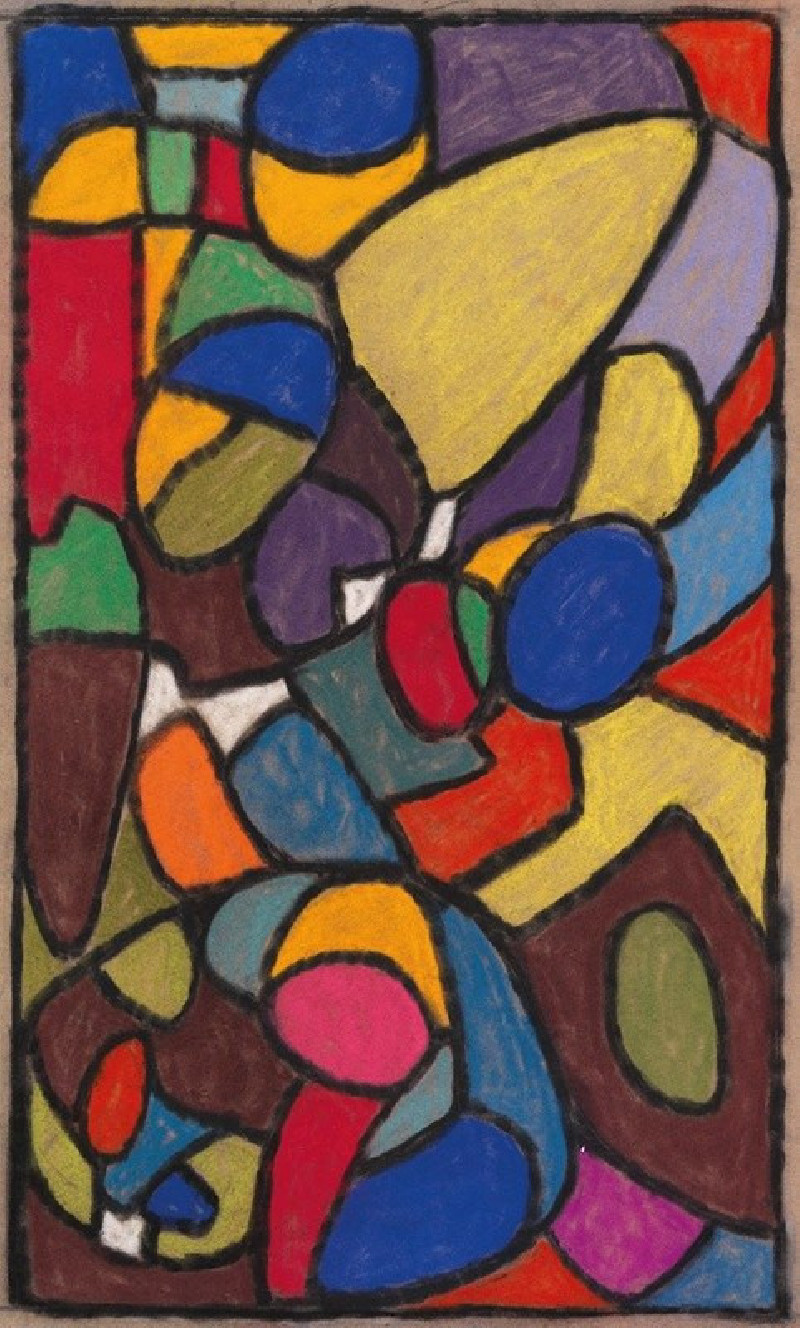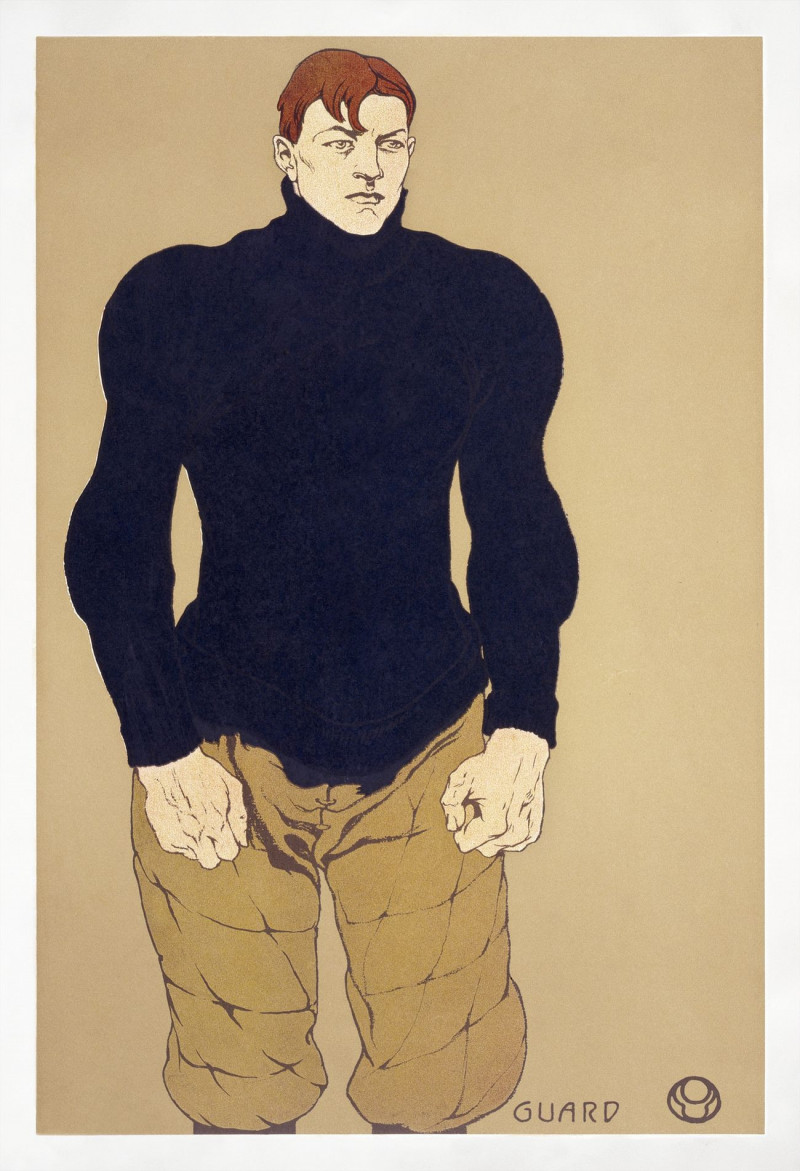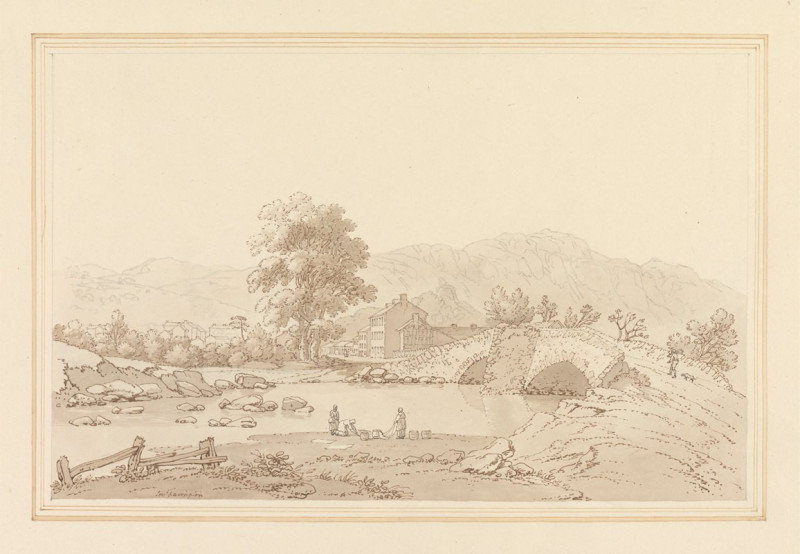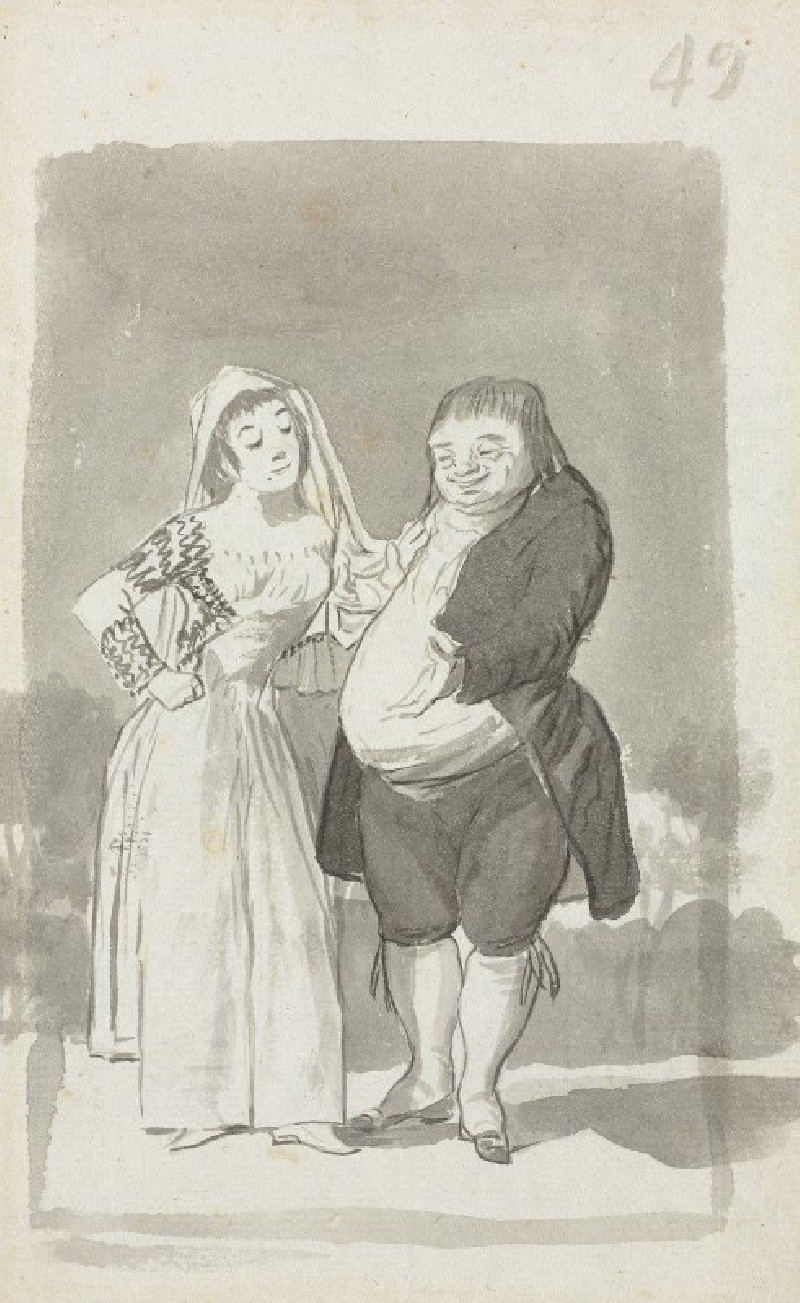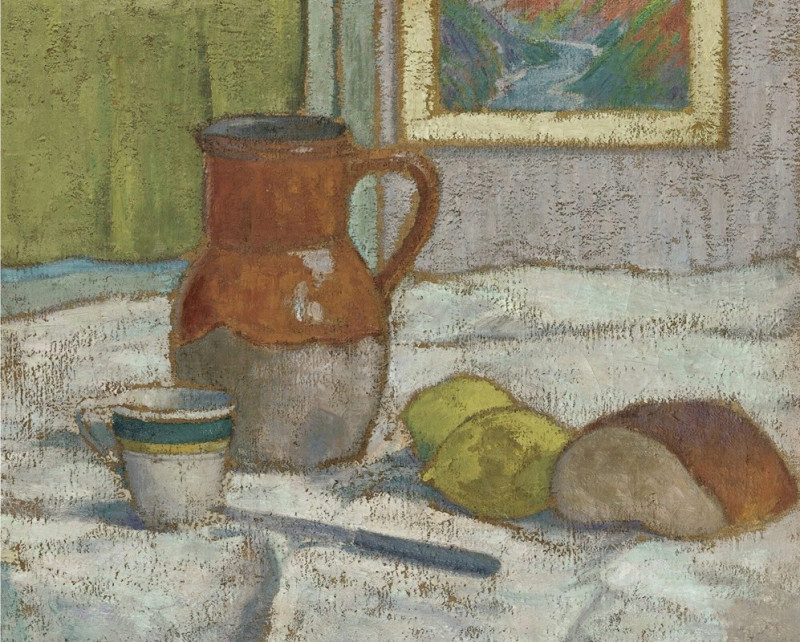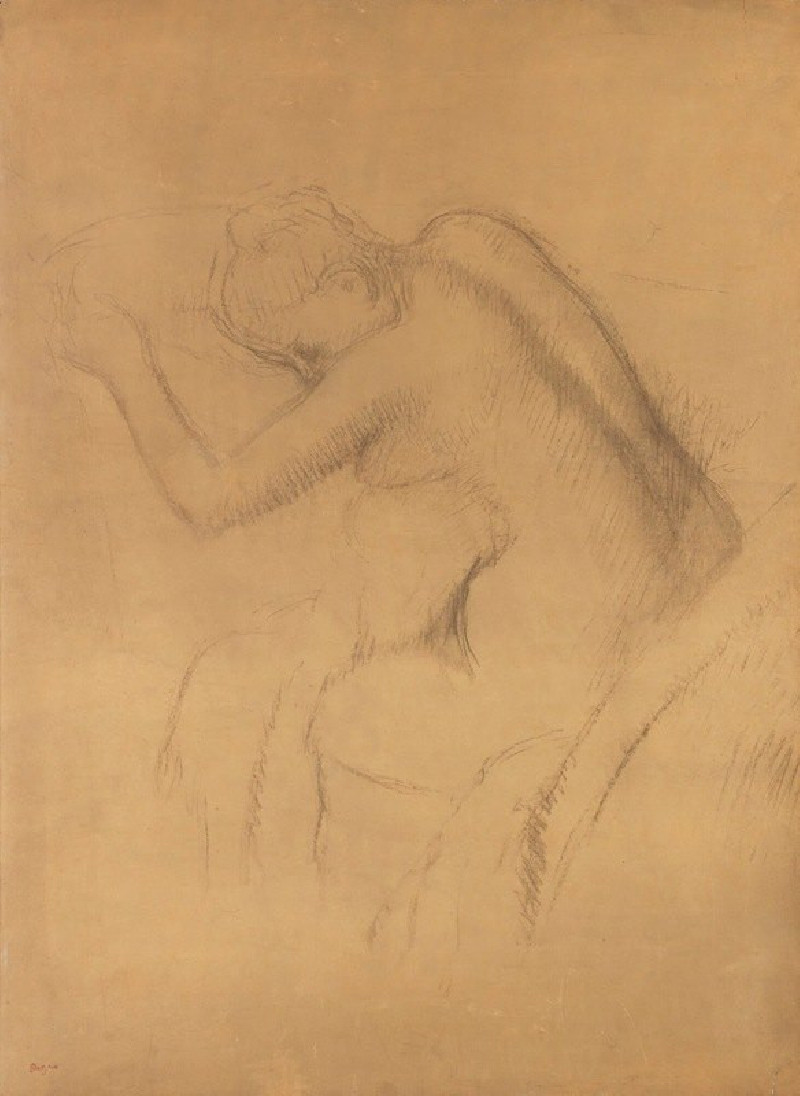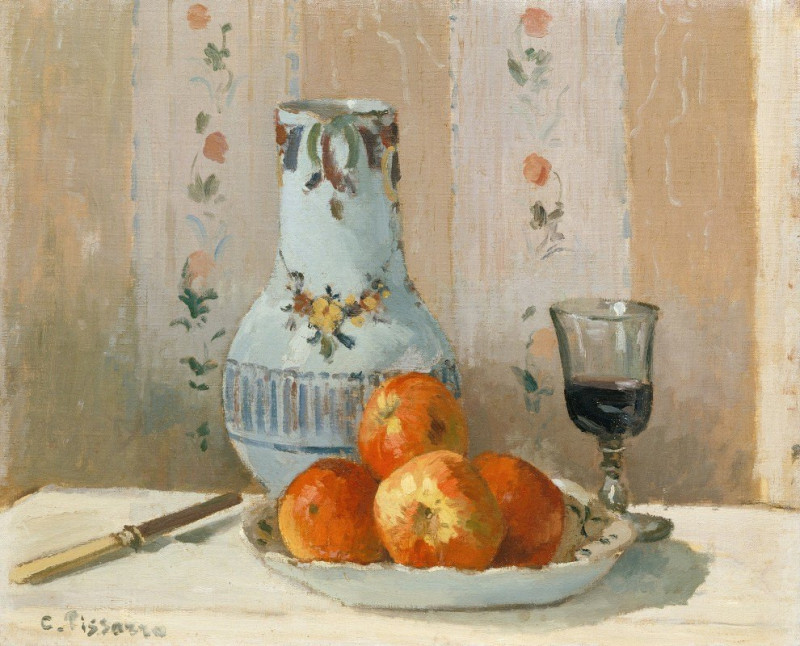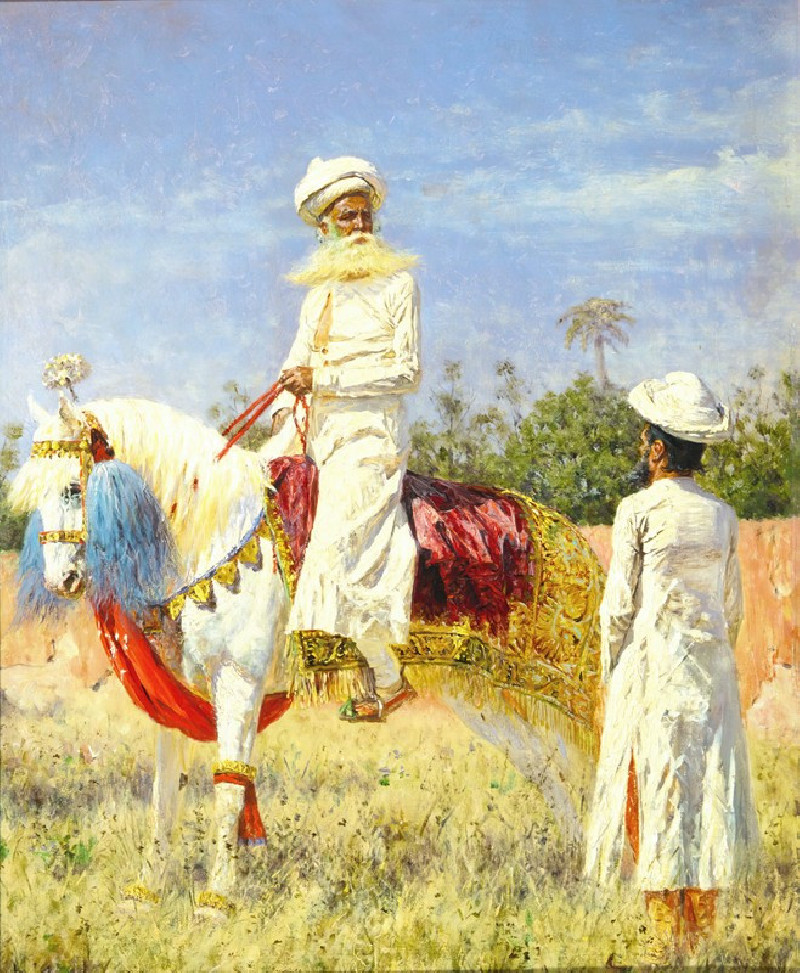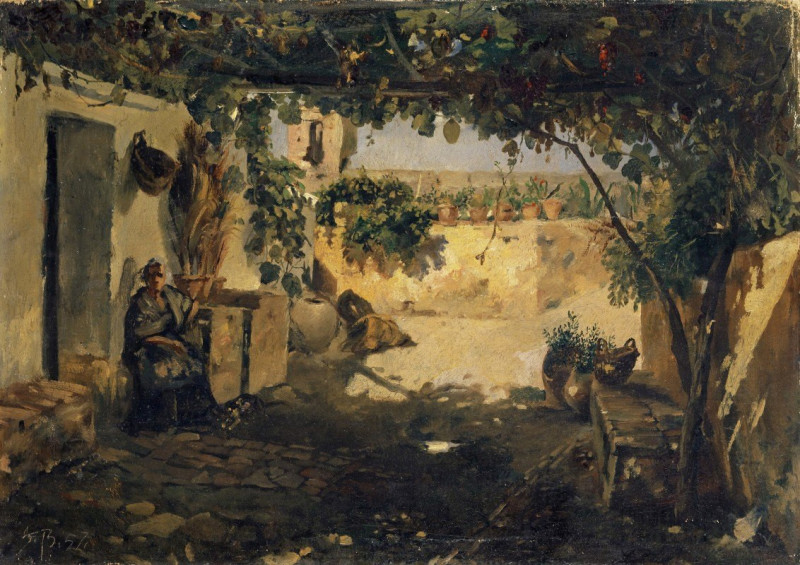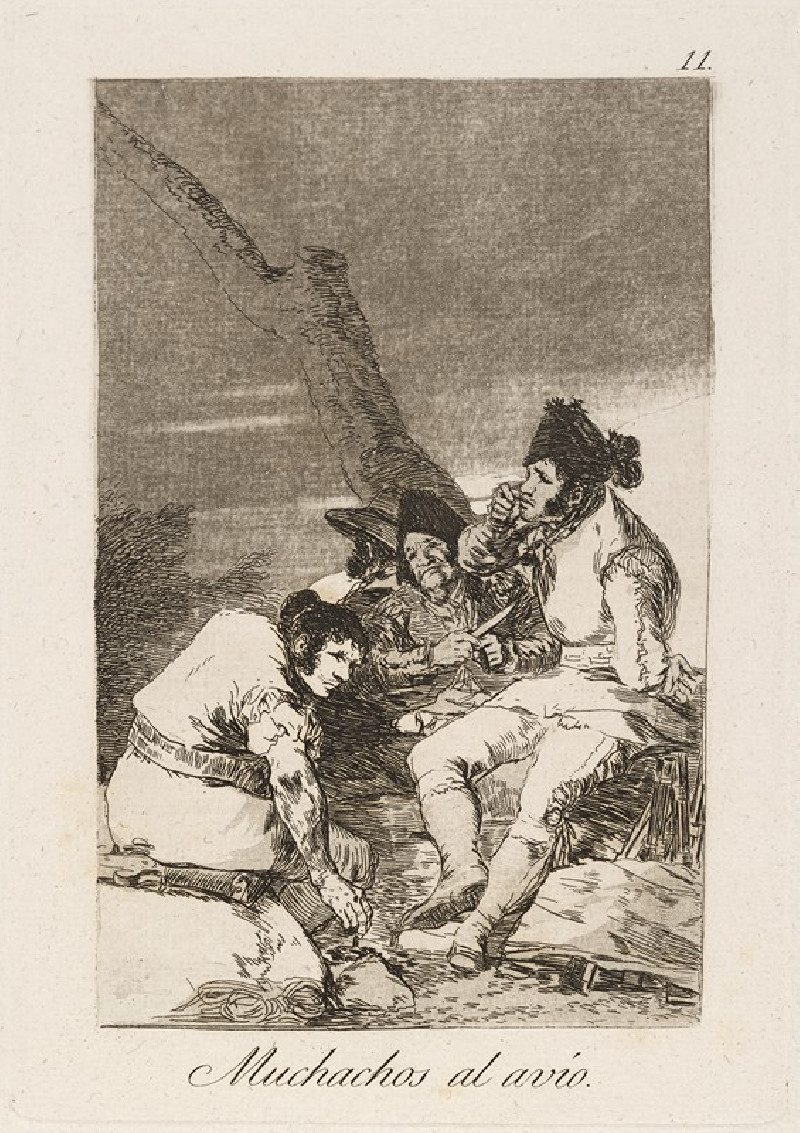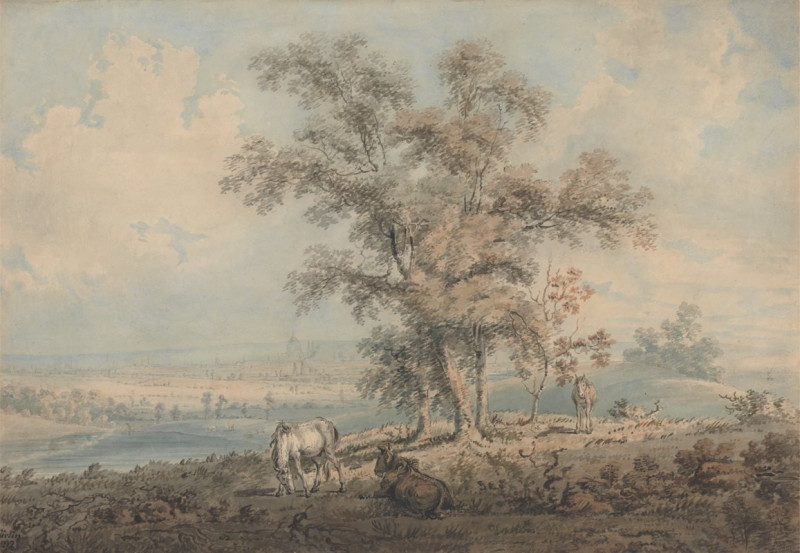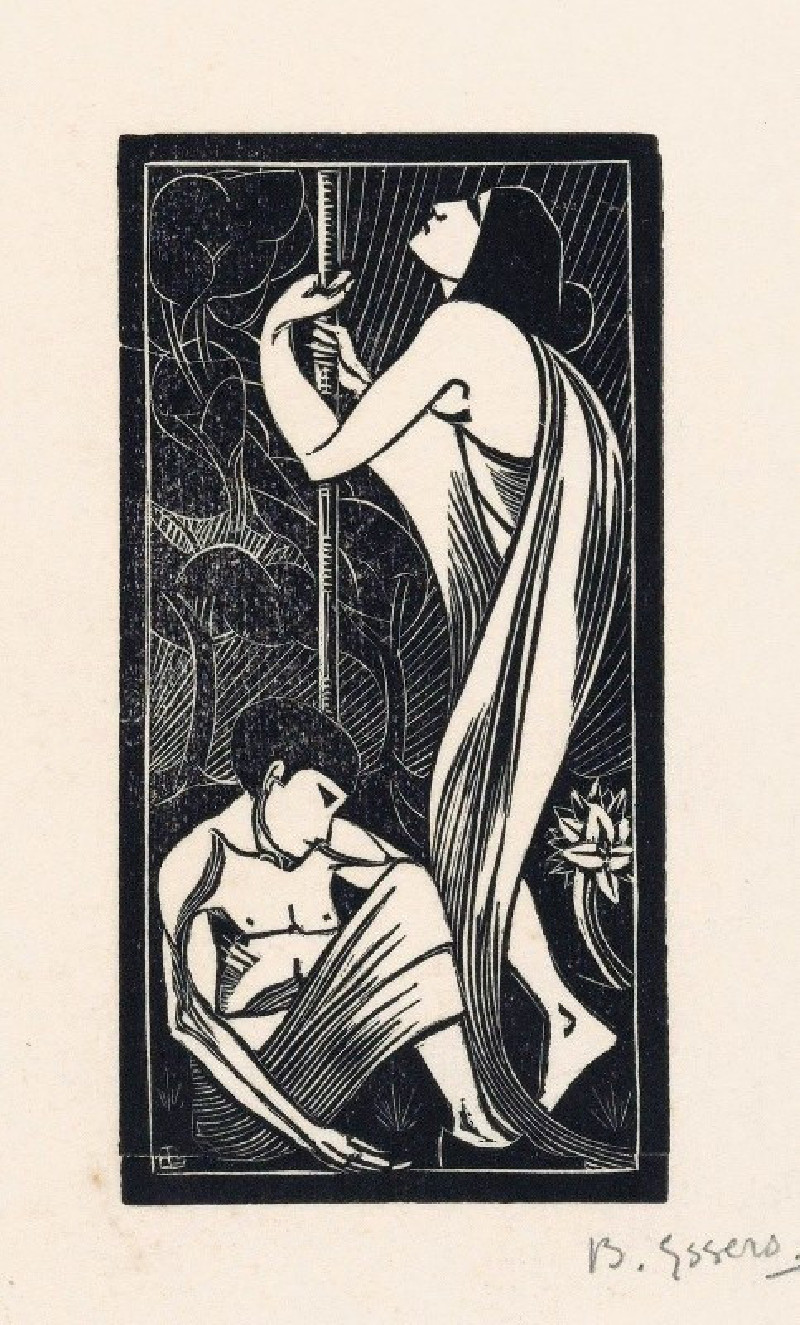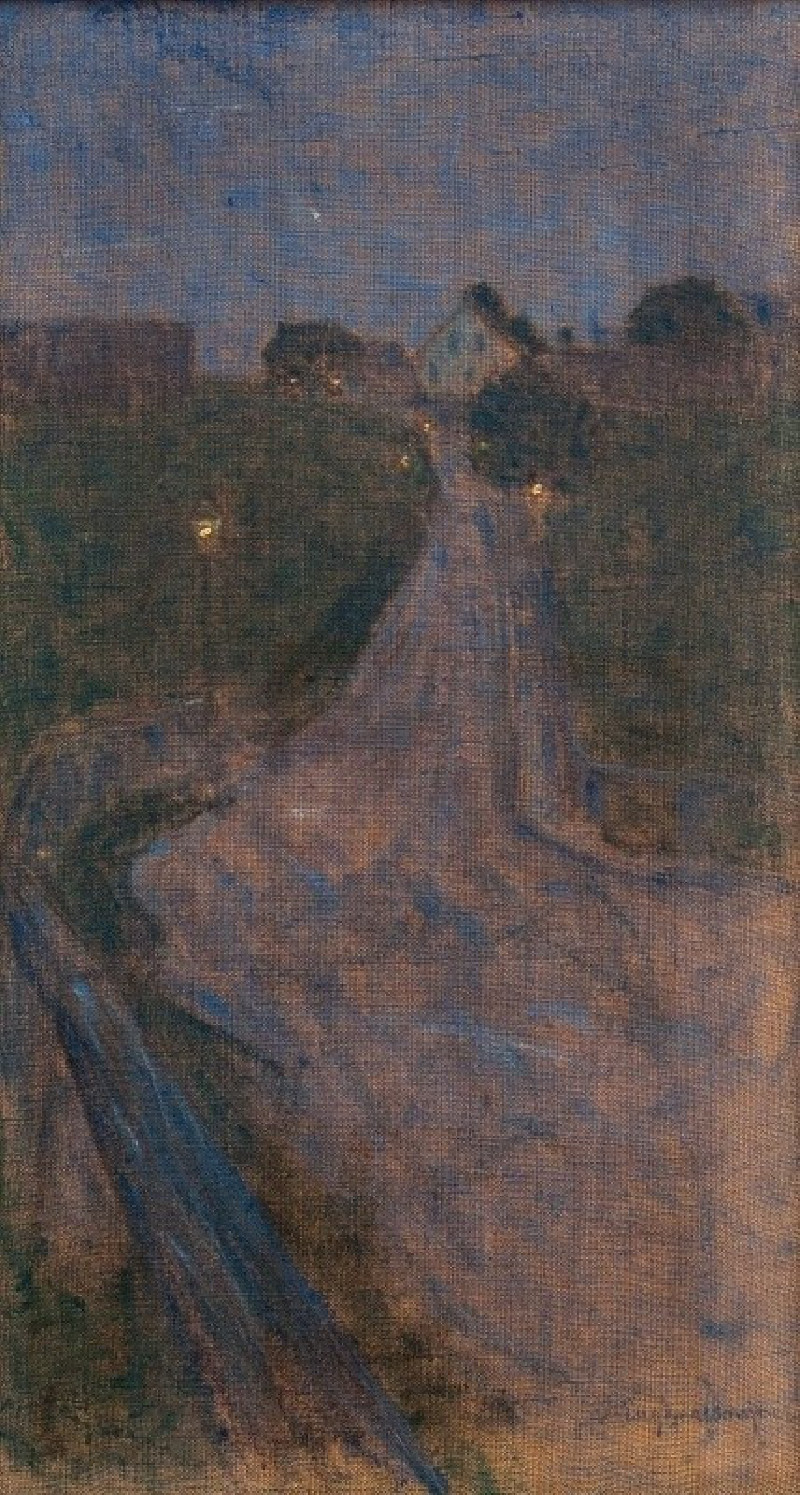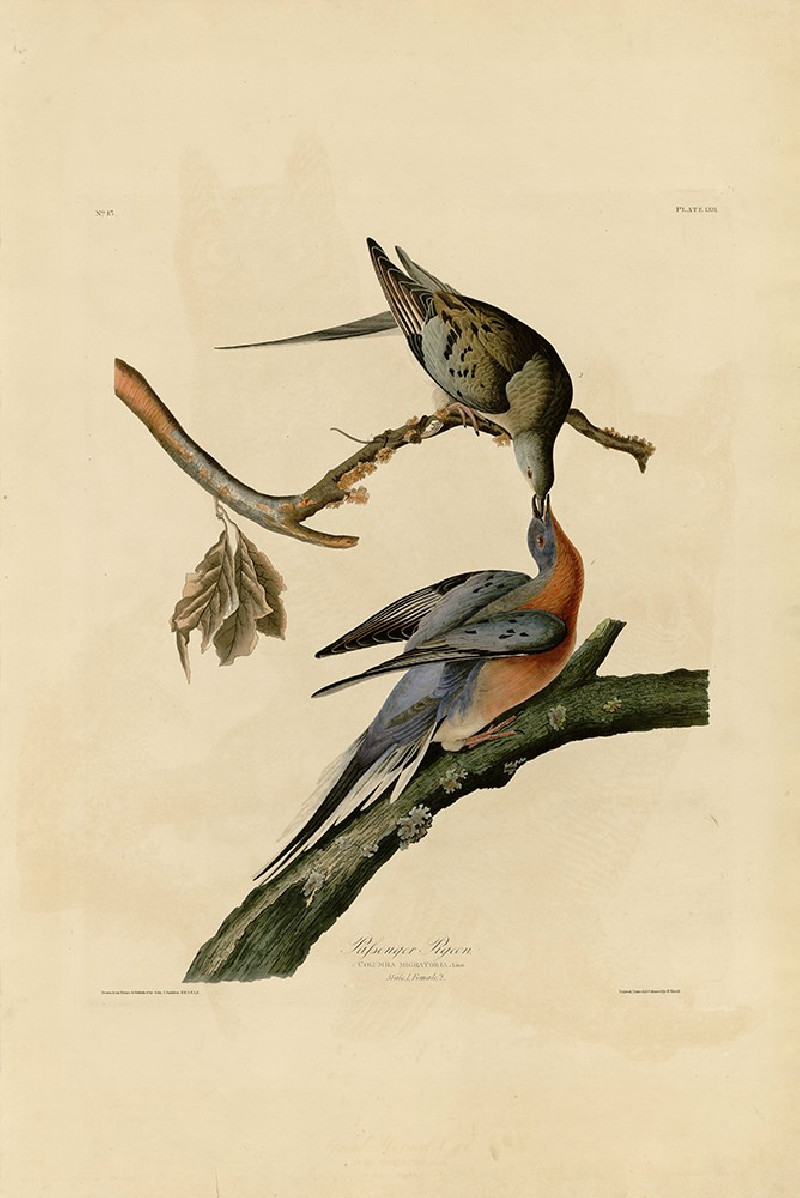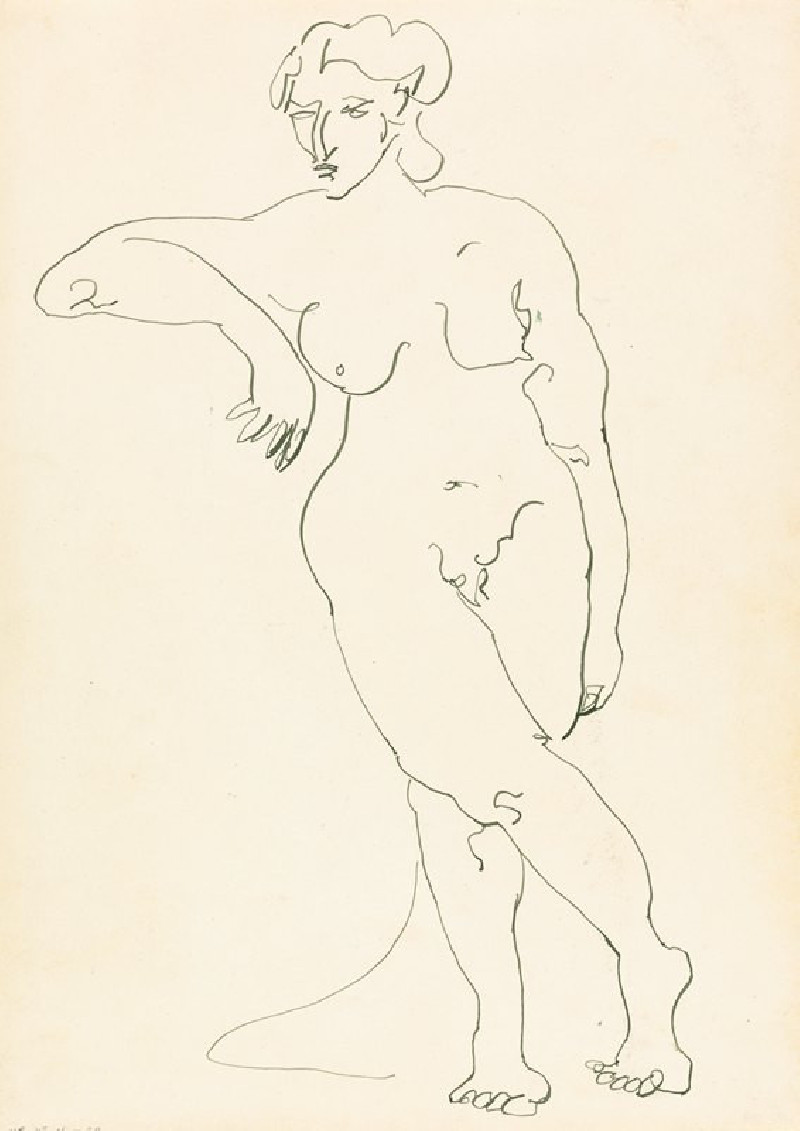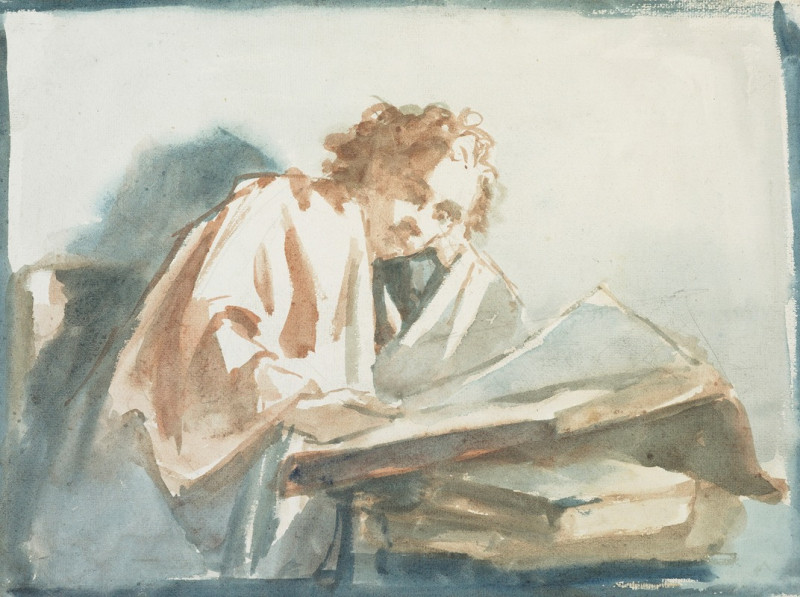Figurale Komposition (1930)
Technique: Giclée quality print
Recommended by our customers
More about this artwork
Adolf Hölzel's "Figurale Komposition" from 1930 is a vivid exploration of color, form, and the boundary between abstraction and figuration. In this striking work, Hölzel deploys a palette of bold and nuanced colors to create a composition that seems to pulse with life.At first glance, the painting might seem like a purely abstract cacophony of colors. However, as one's eye adjusts, shapes begin to emerge, almost apparitional, suggesting fragments of figures or scenes. Hölzel’s masterful use of blurred lines and overlapping forms creates a sense of depth and movement, inviting viewers to interpret and re-interpret the canvas.Reds, blues, and earthy tones dominate the palette, yet they do not clash; rather, they interact in a manner that suggests harmony and tension simultaneously. The hints of dark shadows and contours suggest the outlines of figures, perhaps in a crowd or a complex, intertwined dance. This interplay invites the viewer to dissect visual and emotional complexities, making “Figurale Komposition” a testament to Hölzel's innovative approach to expressionist painting.
Delivery
Reproductions are made to order and take 5 to 7 working days.
We send them out by courier and delivery takes another two working days.
If you need a reproduction sooner, please contact us - we can usually find a solution and produce it a little faster.
If you don't want to pay for postage, you can pick up your paintings at our galleries in Kaunas or Vilnius.
Returns
Yes, reproductions can be returned.
If you have any doubts more than 30 days after the date of purchase, please contact us - we will take the reproduction back for a refund or offer you a replacement!
We accept a maximum of two returns per customer - please note that we make reproductions to order, so please choose responsibly.
We do not refund shipping expenses.


